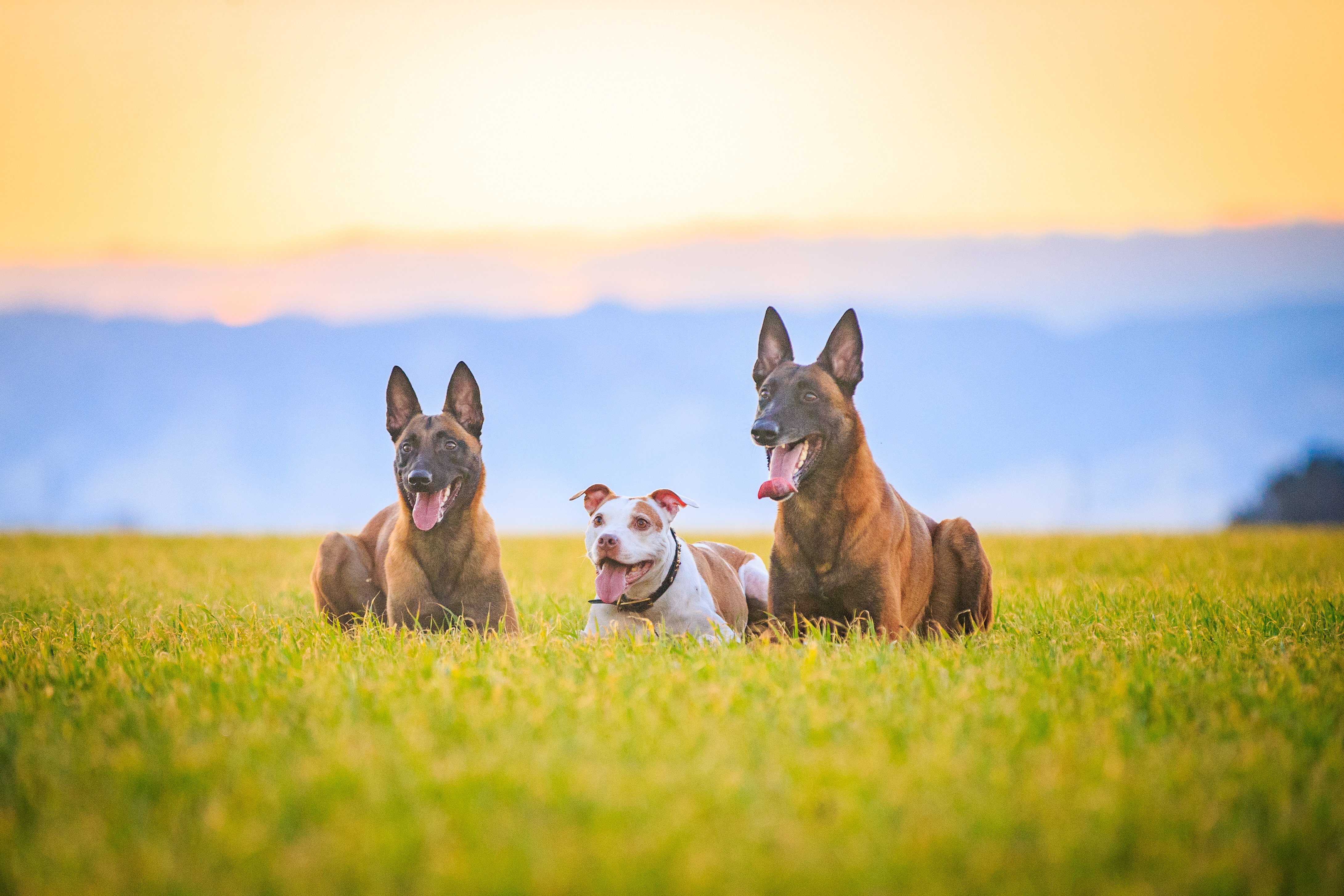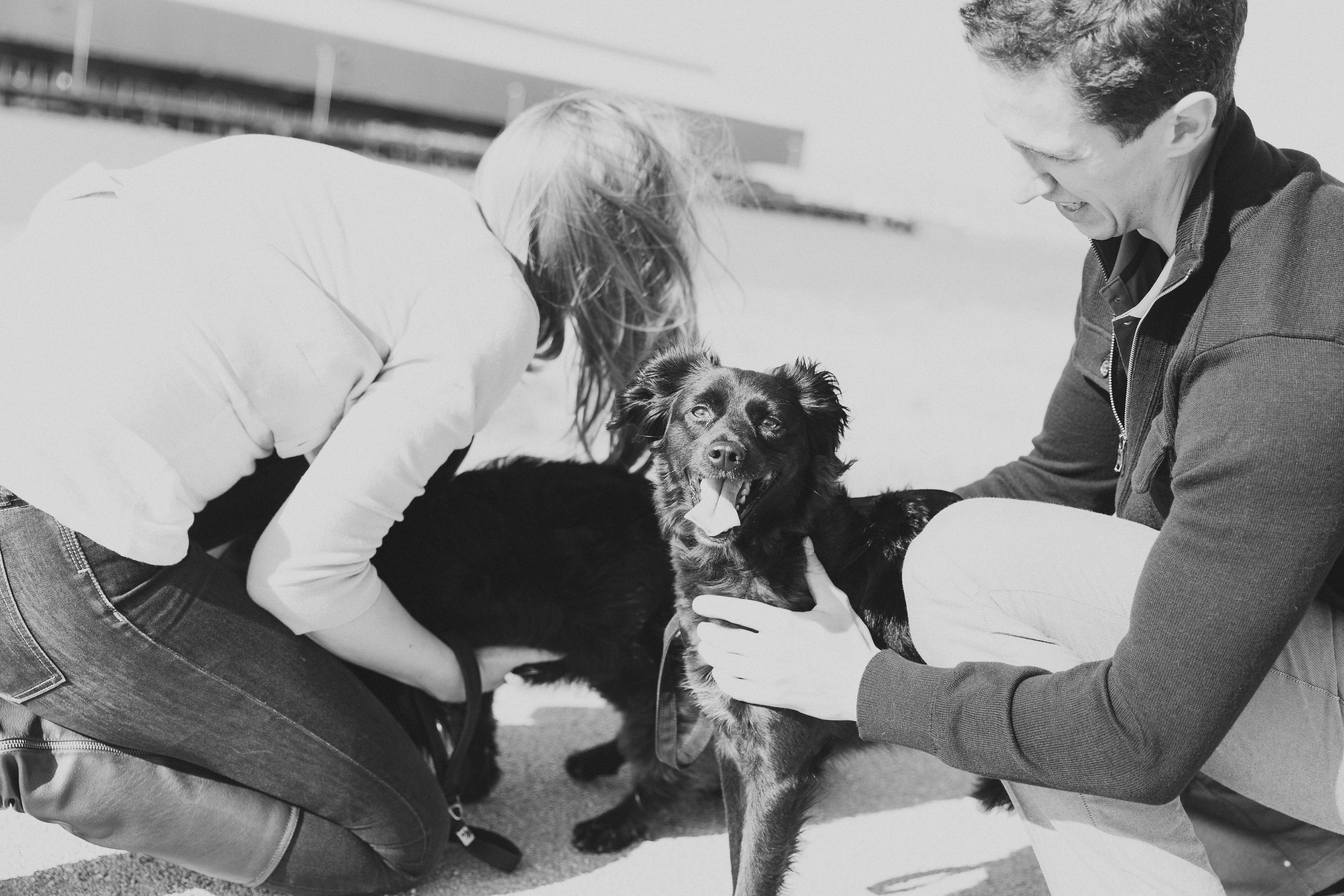Another great option (when done under the supervision of an experience trainer) is conditioning a recall with a remote collar. These collars very often have a bad reputation like many other training devices, however, when used correctly, they can help build a very reliable recall and give the owner more security when letting their dog off leash. Conditioning a dog to a remote requires finding a low level of stimulation that the dog notices, and pairing that stimulation with the recall word along with some long line training while the dog begins to understand this concept. The remote collar acts as an attention getter (like a tap on the shoulder) to help the dog learn how to redirect their attention back to their person when under high levels of distraction.
“The remote collar acts as an attention getter (like a tap on the shoulder) to help the dog learn how to redirect their attention back to their person when under high levels of distraction.”
Keep in mind that an unreliable recall can be extremely dangerous for your dog. This is a skill that is very important to fine tune, and if your dog is struggling with grasping this concept, it is necessary to keep them on a line until you have proofed the behavior. Seeking help from an experienced trainer who is able to help you use a variety of tools to instill a solid recall is always a good idea!

Read more about Marie from our About Us page!
